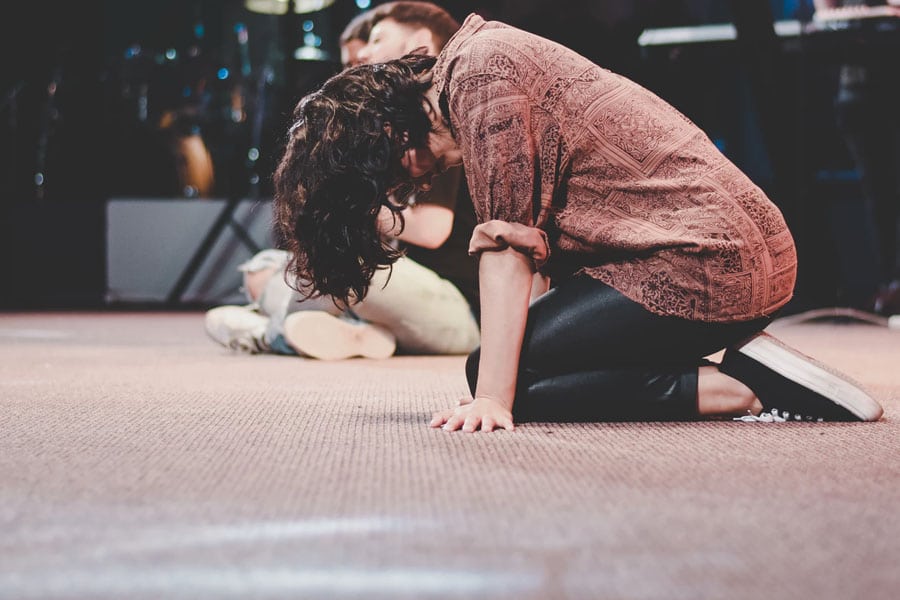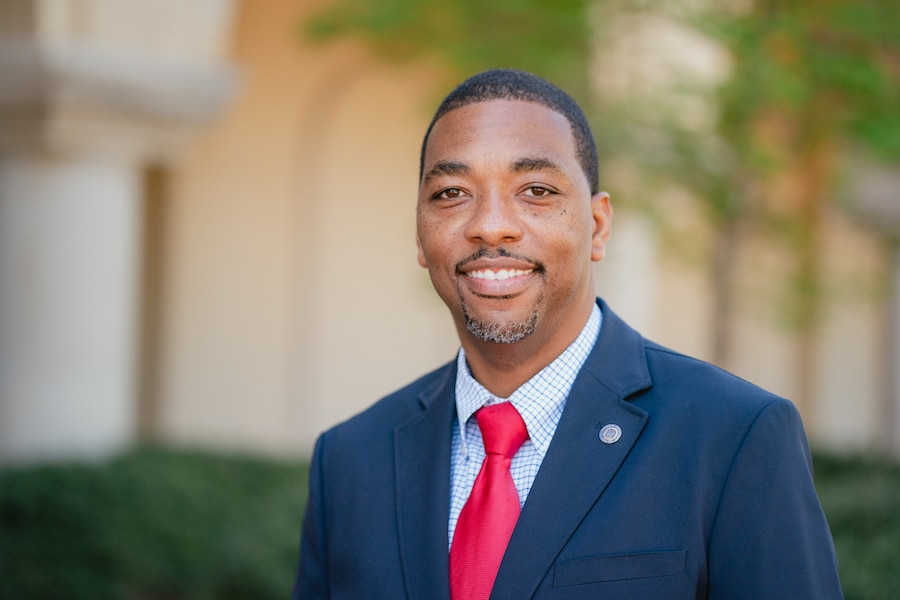Christian history repeatedly tells the story of powerfully effective evangelistic advances that trace their origins to prayer. Pentecost is our first example. After Jesus rose from the dead, the disciples were suddenly equipped with eyewitness evidence of the risen Savior.
Yet in spite of the Resurrection, there exists no record of a single soul being saved or baptized for 50 days. It wasn’t until after the 10-day prayer meeting in Jerusalem that one sermon led to thousands of conversions and 3,000 baptisms.
Moving forward in history we meet a young George Whitefield, who would come to be known as “the father of American evangelism.” While he was a student at Oxford in the 1730s, he prayed with unusual fervency. His prayer life was the key to his future success in evangelism. In his diary, he wrote, “I spent whole days and even weeks on my face before God.” Later, his evangelistic ministry led thousands to faith in Christ and shook the New World awake to God in the pre-revolutionary Great Awakening. His secret was his strangely intense dependence upon prayer.
In New York City, in 1857, a dying church launched a noon prayer meeting that grew so quickly it was soon spreading to other major cities of the United States. Within 18 months, more people were saved per capita than at any time before or since in U.S. history. The phenomenon has been called the Prayer Revival of 1857-1858.
On the mission field, prayer was also the key to many people coming to Christ. In India, John “Praying” Hyde wasn’t particularly skilled in learning the complicated languages of the people groups, and he lacked some of the natural gregariousness expected of a missionary. In the late 1890s Hyde was in Punjab, India, seeing little success. Starting in 1899, however, he began frequently spending whole nights in prayer for the conversion of souls.
In 1904, convinced the problem for the missionaries was spiritual, Hyde began leading a wider movement of prayer for evangelistic results. By 1908, Hyde was praying to see one person saved and baptized every day of the year. Through the growing intensity of his prayer life, he saw that vision come to fruition. The next year he doubled his goal to pray for two people a day to be saved and baptized. That year he saw 800 people come to Christ. By the time of his early death at age 47, if four people had not confessed Christ that day, Hyde refused to eat or sleep until he had “prayed through,” resulting in at least four people saved per day.
I could go on but space does not permit me to recount the miracles of prayer experienced by “Father” Nash, the prayer warrior associated with the evangelist Charles Finney. Also, the Welsh Revival, which spread all over the world in the early 20th century, essentially started as a youth prayer movement. The Shantung Revival among Baptist missionaries in the late 1920s and early 1930s was likewise the result of a renewed commitment to prayer.
In our own times, the prayer revival at Northeast Houston Baptist Church, led by Pastor Nathan Lino, has produced an unprecedented number of people coming to Christ and being baptized. A similar revival in the Nashville area has seen hundreds of people baptized this year following Pastor Robby Gallaty’s months of private prayer.
God is still answering prayer when Christians pray for souls to come to Christ. One of the most important keys to a more effective evangelistic harvest is more prayer. Paul said it like this: “Brothers, my heart’s desire and prayer to God for them is that they may be saved” (Romans 10:1 ESV). Obviously, Paul’s prayer was passionate as he described it as his “heart’s desire.” His prayer was also straightforward intercession as he simply described interceding for his Jewish friends and family as an appeal to God that “they may be saved.”
More prayer is the key to more people coming to Christ. Billy Graham once observed that there were three ingredients for a successful evangelistic crusade- prayer, prayer, and prayer! The same is true in our personal lives and our churches.
As churches, we are challenged to pray for the lost as we begin our public worship services:
First of all, then, I urge that supplications, prayers, intercessions, and thanksgivings be made for all people, for kings and all who are in high positions, that we may lead a peaceful and quiet life, godly and dignified in every way. This is good, and it is pleasing in the sight of God our Savior, who desires all people to be saved and to come to the knowledge of the truth (1 Timothy 2:1-4).
Are you regularly praying for the lost to be saved? Is your church a “house of prayer” focused intently on the salvation of many souls? If not, why not?
Prayer is certainly not the only factor for reaching more people for Christ, but in its absence, nothing else will be able to take its place or make up for its omission. As S. D. Gordon once observed, “You can do more than pray after you’ve prayed, but you cannot do more than pray until you’ve prayed.”
If you want to be more effective in evangelism you need to pray more in secret and with others in prayer meetings, interceding for the lost to be saved. Scripture, history, and experience leave us no alternative but to pray for souls.
Prayer is certainly not the only factor for reaching more people for Christ, but in its absence, nothing else will be able to take its place or make up for its omission.
Kie Bowman Tweet














